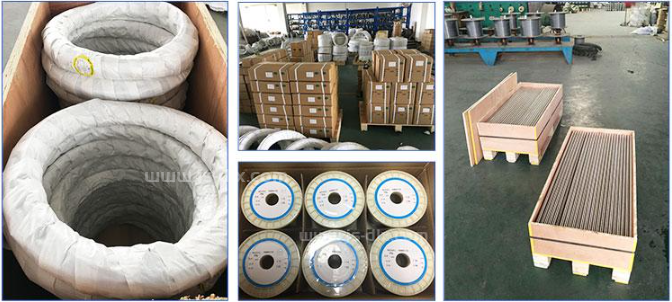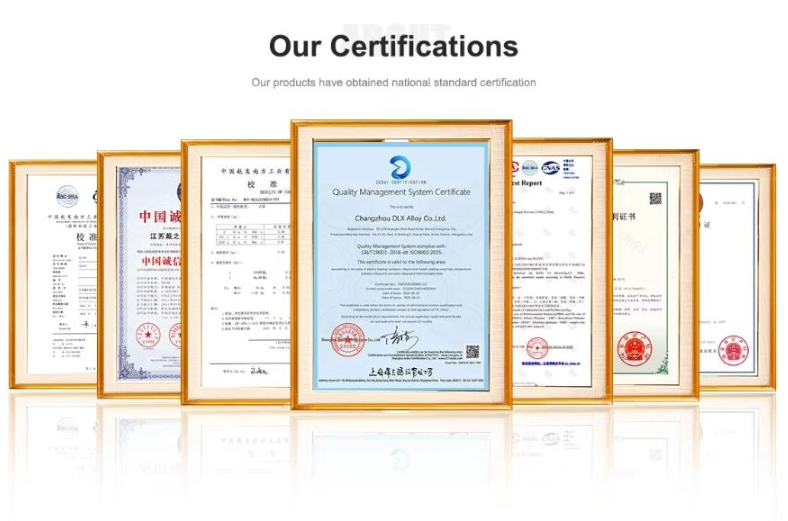Nickel Foam is a metallic material with a three-dimensional porous structure, usually made of nickel (Ni) as a substrate. It is prepared electrochemically or chemically and is widely used in electronics, chemicals, energy storage and other fields. Nickel foam is lightweight, corrosion-resistant, highly conductive, and has a high surface area, making it widely used in a variety of industrial applications.
Characteristics of Nickel Foam:
High porosity: Nickel foam usually has a high porosity of 70% or even higher, which gives it an excellent specific surface area and can provide more reaction sites.
Good electrical conductivity: Due to the excellent electrical conductivity of nickel itself, nickel foam can be used in applications where high electrical conductivity is required.
Corrosion resistance: Nickel has good corrosion resistance, especially in certain acidic and alkaline environments, where nickel foam has superior corrosion resistance to other metallic materials.
Customisable pore structure: The pore size and shape of nickel foam can be customised to suit different applications.
Main application areas:
Batteries and supercapacitors: Nickel foam is commonly used in the manufacture of electrode materials for lithium-ion batteries and lead-acid batteries, especially in the electrochemical reaction of batteries, nickel foam as electrode material can provide a higher surface area and faster reaction speed.
Fuel cells: In hydrogen fuel cells and other types of fuel cells, nickel foam is used as a support material, which enhances the conductivity and stability of the battery.
Catalyst carriers: Due to its large surface area and good stability, nickel foam is commonly used as a catalyst carrier in chemical reactions.
Heat exchangers: Due to its good thermal conductivity, Nickel Foam is used in heat exchangers, especially in high-performance and miniaturised equipment.
Filters and separators: nickel foam can also be used as filter material for processes such as separation and filtration of liquids or gases.
Preparation methods:
There are various preparation methods for nickel foam, mainly including:
Chemical plating method: Nickel is plated onto a porous substrate using a nickel salt solution, and after subsequent processing, the substrate is removed to form a foam structure.
Electrolytic deposition method: Nickel is deposited onto a conductive substrate through an electrolytic process to form a nickel foam with a porous structure.
Heat treatment method: Nickel powder is mixed with organic foam material, and the organic foam is burned off after heat treatment, leaving nickel foam.
Key attributes
Industry-specific attributes
Other attributes
Packaging and delivery




FAQ
Q:I have sent the RFQ, when can I expect a reply?
A:We usually quote within 24 hours after we get your inquiry. If you are urgent to get the price, please send the message on trade management or call us directly.
Q:How long is the delivery time?
A:It depends on the order quantity ,Usually it takes about 20-30 days.
Q:Do you accept OEM/ODM manufacturing?
A:Yes! We do accept OEM/ODMmanufacturing. You could give us your samples or drawings.
Q:Can you send me your catalogue?
A:Yes, please contact us.We can share with our catalogue for you by email.
Q:How to control the products quality in your company?
A:With professional quality team, advanced product quality planning, strict implementation, continuous improvement, the quality of our products is well controlled and consistent.
Q:Can you provide detailed technical data and drawing?
A:Yes, we can. Please tell us which product you need and the applications, we will send the detailed technical data and drawing to you for your evaluation and confirm.






